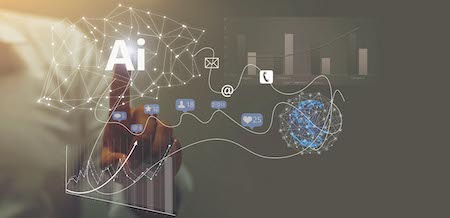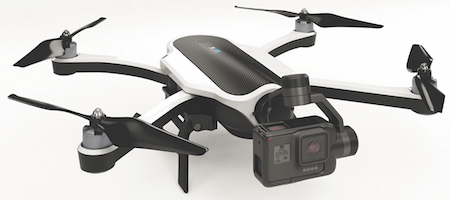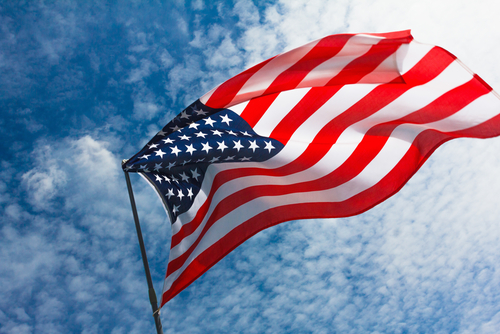The publication, which is part of a "trends" series defines and measures innovations in artificial intelligence (AI), uncovering more than 340,000 AI-related patent applications and 1.6 million scientific papers published since AI first emerged in the 1950s, with the majority of all AI-related patent filings published since 2013. This inaugural report provides common information base on AI for policy and decision makers in government and business, as well as concerned citizens across the globe, who are grappling with the ramifications of a new technology that promises to upend many areas of economic, social and cultural activity.
WIPO Director General Francis Gurry said, “Patenting activity in the artificial intelligence realm is rising at a rapid pace, meaning we can expect a very significant number of new AI-based products, applications and techniques that will alter our daily lives, and also shape future human interaction with the machines we created.”
Mr Gurry added, “AI’s ramifications for the future of human development are profound. The first step in maximising the widespread benefit of AI, while addressing ethical, legal and regulatory challenges, is to create a common factual basis for understanding of artificial intelligence. In unveiling the first in our ‘WIPO Technology Trends’ series, WIPO is pleased to contribute evidence-based projections, thereby informing global policymaking on the future of AI, its governance and the IP framework that supports it.”
Among the study’s findings are:
- Since AI emerged in the 1950s, innovators and researchers have filed applications for nearly 340,000 AI-related inventions through 20161 and published over 1.6 million scientific publications.
- AI-related patenting is growing rapidly, with more than half of the identified inventions published since 2013.
- Companies represent 26 out of the top 30 AI patent applicants, with universities or public research organisations accounting for the remaining four.
- United States-based International Business Machines Corp. (IBM) had the largest portfolio of AI patent applications with 8,290 inventions at the end of 2016, followed by U.S.-based Microsoft Corp. with 5,930. Rounding out the top five applicants are: Japan-based Toshiba Corp. (5,223), Samsung Group, of Republic of Korea (5,102) and NEC Group, of Japan (4,406).
- Chinese organisations account for 3 of the 4 academic players featuring in the top 30 patent applicants, with the Chinese Academy of Sciences ranking 17th with over 2,500 patent families. Among academic players, Chinese organisations account for 17 of the top 20 academic players in AI patenting as well as 10 of the top 20 in AI-related scientific publications.
AI techniques
Machine learning, in particular the neural networks that have revolutionised machine translation, is the dominant AI technique disclosed in patents, included in more than one-third of all identified inventions. Machine learning, such as techniques that are being used by ride-sharing services to minimise detours, grew from 9,567 patent applications in 2013 to 20,195 in 2016, a 111 percent overall increase, or about 28 percent average annual growth. Deep learning, a machine-learning technique revolutionising AI that includes speech recognition systems, is the fastest growing AI technique with a nearly 20-fold increase in patent applications, from 118 in 2013 to 2,399 in 2016, or a 175 percent average annual growth rate. For reference, the number of patent applications for all technologies grew by only 33 percent in the same period, or a 10 percent average annual rate.
AI applications
Computer vision, which includes image recognition and is crucial for the implementation of self-driving cars, is the most popular AI application, mentioned in 49 percent of all AI-related patents. AI for robotics grew from 622 patent applications in 2013 to 2,272 in 2016, a 265 percent overall increase, or 55 percent average annual growth. (Chapter 3).
Patent applications for control methods, which manage the behavior of devices such as robotic arms, rose from 193 in 2013 to 698 in 2016, a 262 percent increase, or 55 percent average annual growth.
AI in industrial sectors
The transportation sector, including autonomous vehicles, is among the fields with the fastest rate of AI-related growth. It showed 8,764 filings in 2016, a 134 percent increase from 3,738 filings in 2013, or a 33 percent annual average growth rate (19 percent of all identified patent documents between 2013-2016 were related to the transportation sector). AI is essential for improving networks in the telecommunications field, which saw 6,684 filings in 2016, up 84 percent from 3,625 in 2013, or a 23 percent annual average growth rate (mentioned in 15 percent of all identified patent documents between 2013-2016 were related to telecommunications).
Life and medical sciences, where AI can be applied to robotic surgery and drug personalization, grew to 4,112 filings in 2016, up 40 percent from 2,942 in 2013, or a 12 percent annual average growth rate (mentioned in 11percent of all identified patent documents between 2013-2016 were related to life and medical sciences).
Personal devices, computing and human-computer interaction grew to 3,977 filings in 2016, up 36 percent from 2,915 in 2013, for an 11 percent average annual growth rate (mentioned in 11 percent of all identified patent documents between 2013-2016 were related to personal devices, computing and human-computer interaction). AI is implemented in many technologies in smartphones, including intelligent assistants and cameras that identify facial features for perfect portrait photography.
The “WIPO Technology Trends” study on AI also contains a foreword from Andrew Ng - Founder of Landing AI, deeplearning.ai, Coursera, Adjunct Professor at Stanford, Former Lead Scientist at Baidu, Founder and former Leader of Google Brain Deep Learning project.


.jpg)
.jpg)
.jpg)

.jpg)




